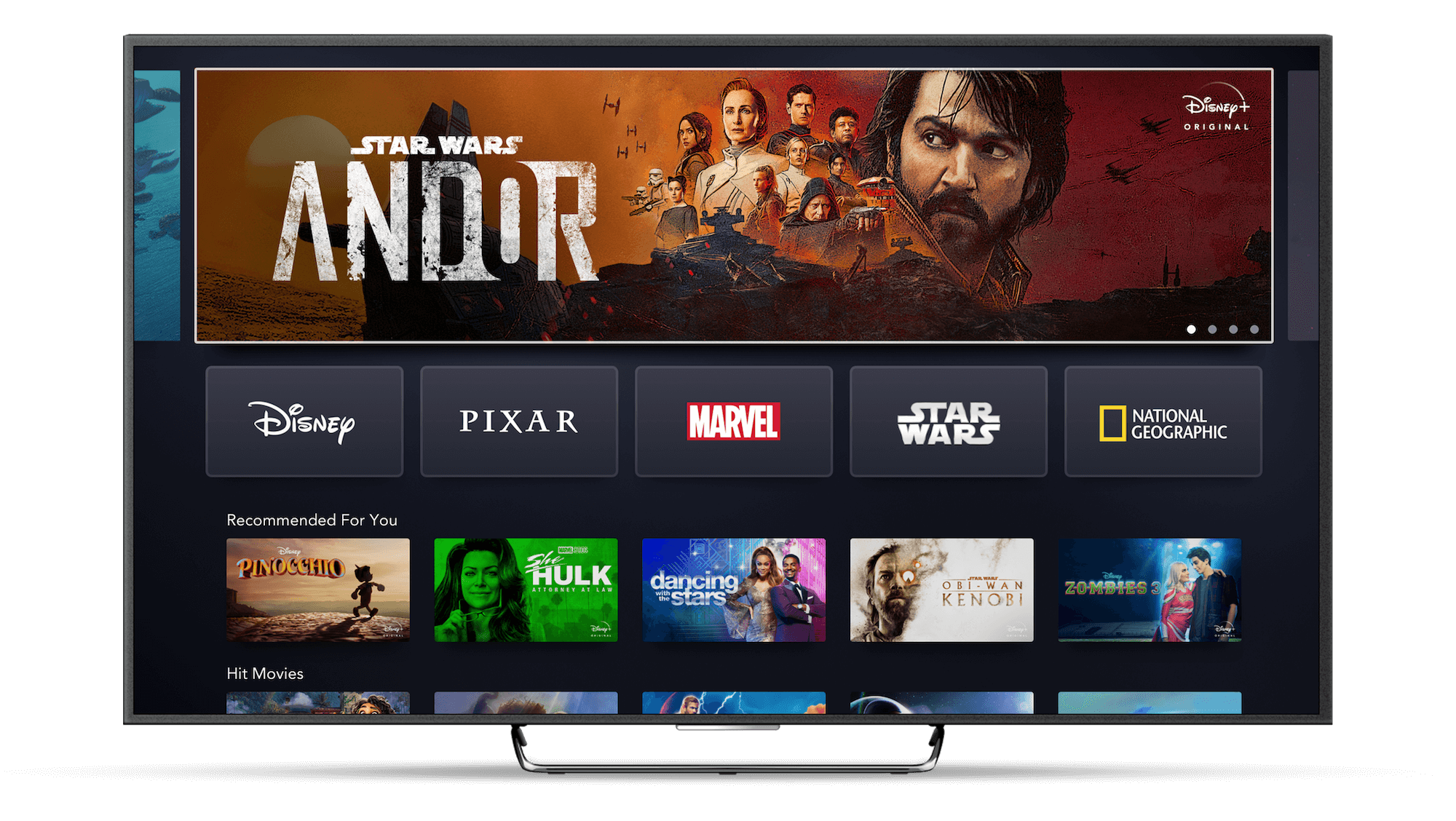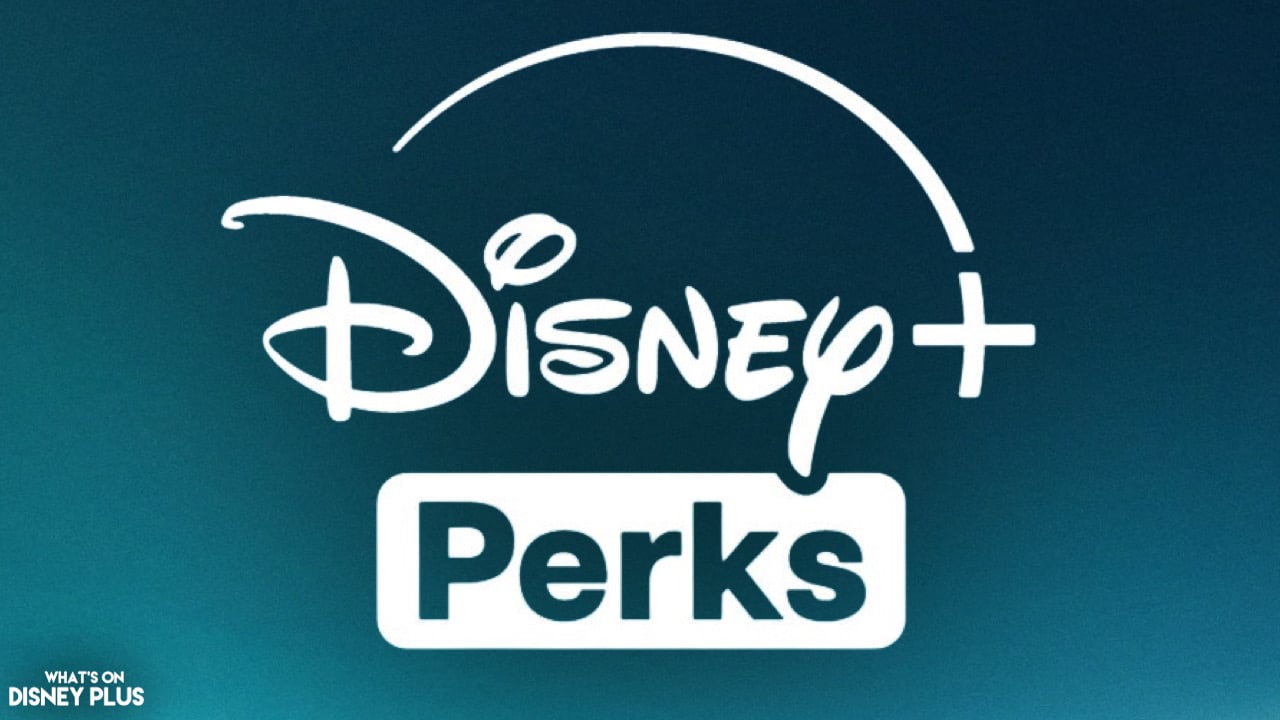
Survey Shows Consumers Slow To Adopt New Ad-Supported Disney+ Basic Plan
Late last year, Disney+ added a brand-new ad-supported tier in the United States, which is called “Disney+ Basic” and is priced at $7.99 a month. And around the same time, Netflix also launched a low-cost ad-supported tier, to match other streaming services like Paramount+ and HBO Max.
There are a few limitations of the ad-supported tier, when compared to the ad-free tier, Disney+ Premium, including the inability to download content directly onto a device and some features, like Groupwatch, also aren’t available. There is, however, an issue with the ad-supported tier not being supported on some Roku and Windows devices.
Following the release of the Netflix ad-supported tier, it was revealed that it wasn’t performing as well as expected, with fewer people signing up to the ad-supported tier than predicted, resulting in Netflix even giving back some money to advertisers because it missed some targets.
Disney has had lots of success with the ad-supported version of Hulu, which has more subscribers than any of its other tiers, so Disney is hoping that Disney+ Basic will do the same. However, that doesn’t look to be the case.
According to a SmithGeiger survey for Variety, about 19 percent of non-subscribers said they were “very” or “somewhat” likely to subscribe to the Disney+ ad-supported tier at some point. While only about 6 percent of current Disney+ subscribers said they planned to downgrade to the AVOD plan within the next month, roughly on par with Netflix’s user base.
With the much-discussed inflationary and economic pressures, it is expected that people would start to trim their household budgets, cutting how many subscription services they are using. The ad-supported tiers can help people lower their monthly outcomes, but the survey seems to indicate that across the board, most streaming users are not planning on making changes to ad-supported tiers.
The survey did show that a fifth of those subscribers who have a high income of over $100,000, are looking to downgrade their plans to an ad-supported tier. About the same proportion of this group said they planned to add a subscription, suggesting certain consumers are downgrading to cheaper plans simply so they can add more streaming services to their budgets.
There is, however, an important factor with the launch of the ad-supported tier on Disney+, was because, at the same time, the price of Disney+ Premium had a huge increase of 38%. So even if the ad-supported tier hasn’t been as successful as expected, the price hike will have drastically increased the amount of money coming in. And in the long run, how many new subscribers will Disney+ pick up with the new ad-supported tier and just as important, how many existing subscribers might stay, but just downgrade to the cheaper option. The long-term benefits of the ad-supported tier, might take a little longer to see, especially as the economical issues continue.
Currently, the ad-supported tier is only available for Disney+ in the United States, but plans are in place for it to roll out internationally in 2023, boosting the income for the platform, which is costing Disney billions of dollars a year to run. Disney is also heavily advertising a dual streaming bundle of Hulu and Disney+ with ads for just $9.99, which will no doubt appeal to those without both platforms, or to upgrade to have both.
Would you move to the ad-supported tier? Let us know on social media!





